The Pop It toy craze has finally given us an answer to the question, “What if bubble wrap could, like, re-generate or something?” Predictably, it is super satisfying for kids and adults alike.
Pop Its are fidget toys that were originally geared toward kids with sensory processing disorders or other needs. But their popularity has far exceeded that intended use. People love Pop Its for the same reason popping bubble wrap is so universally loved — the fun you get from it is not explainable, it just is, somehow. The toys have the added bonus of not being one-and-done like bubble wrap, though; you can simply flip over popped bubbles and re-pop them endlessly.
Pop Its now come in many different designs and shapes, are traded among kids the same way trading cards and other collectables are, and have also found their way into videos made by popular TikTok creators. But “popular” isn’t always great for parents on a budget. Luckily, there are plenty of things around your own home that can scratch your child’s sensory itch.
Here are some of our ideas for low-cost items you can throw together to make a DIY “fidget pack” or “fidget basket” for your kids that will be the envy of all their Pop-It loving buddies.
A ball of yarn and sewing supplies
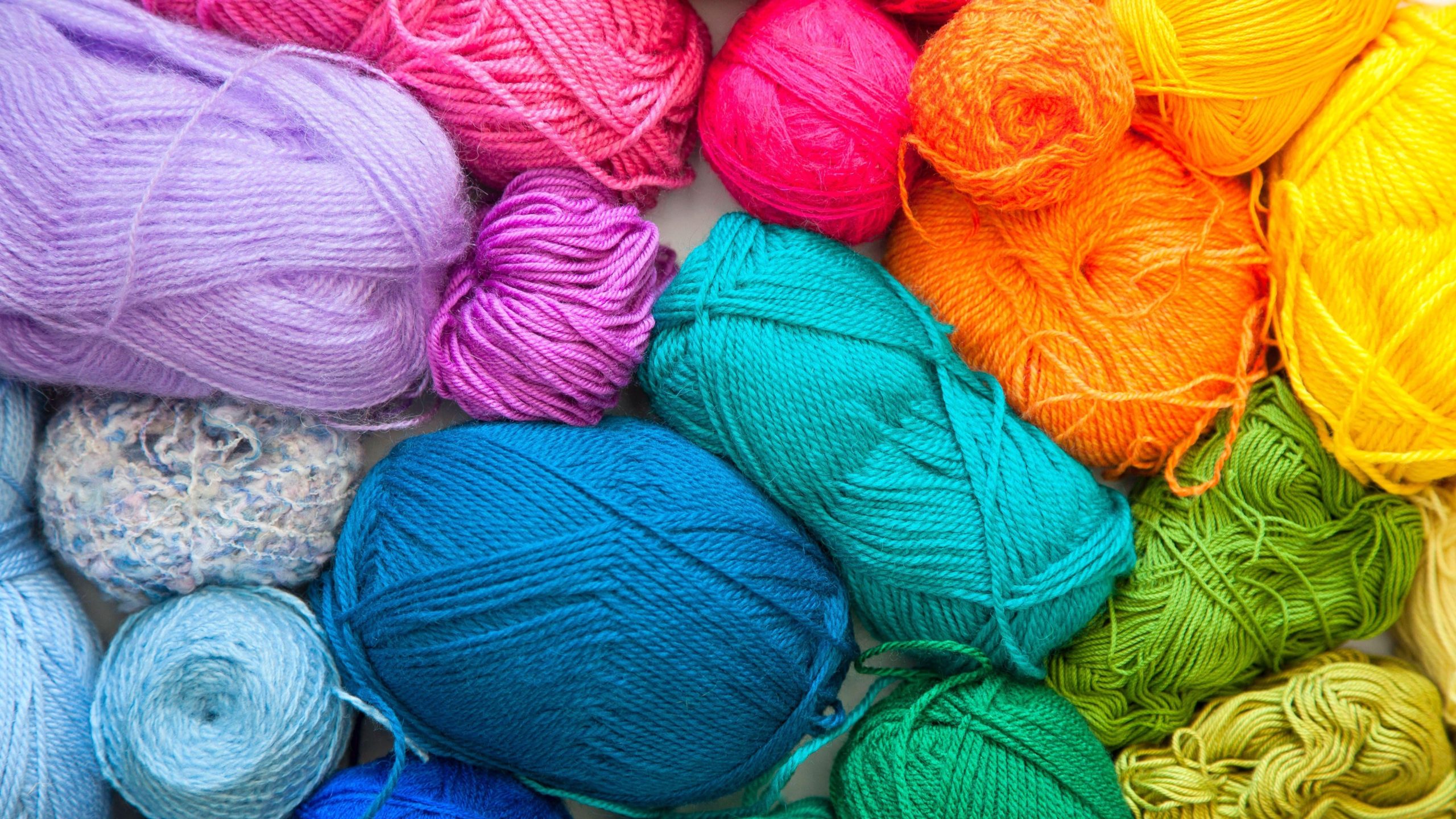
Yarn is such a clutch go-to item for bored kids. It’s great for arts and crafts projects, but it also is just interesting to touch. There are many different thicknesses, colours, and textures. It’s soft, and when it is tightly wound up in a ball, it can even be tossed around without the risk of doing much damage the way a harder ball can.
Plus, who hasn’t played cats in the cradle at some point growing up? Once you teach kids how to play it and hand them a ball of yarn, you now have something two kids at a time can play together and keep each other occupied and interacting.
Yarn can be pricey depending on the quality, but you can always find bargain bins at arts and crafts or fabric stores that serve the purpose just fine. While you’re there, stock up on some Velcro strips, buttons, a measuring tape, and any other sewing items that look fun.
Sponges
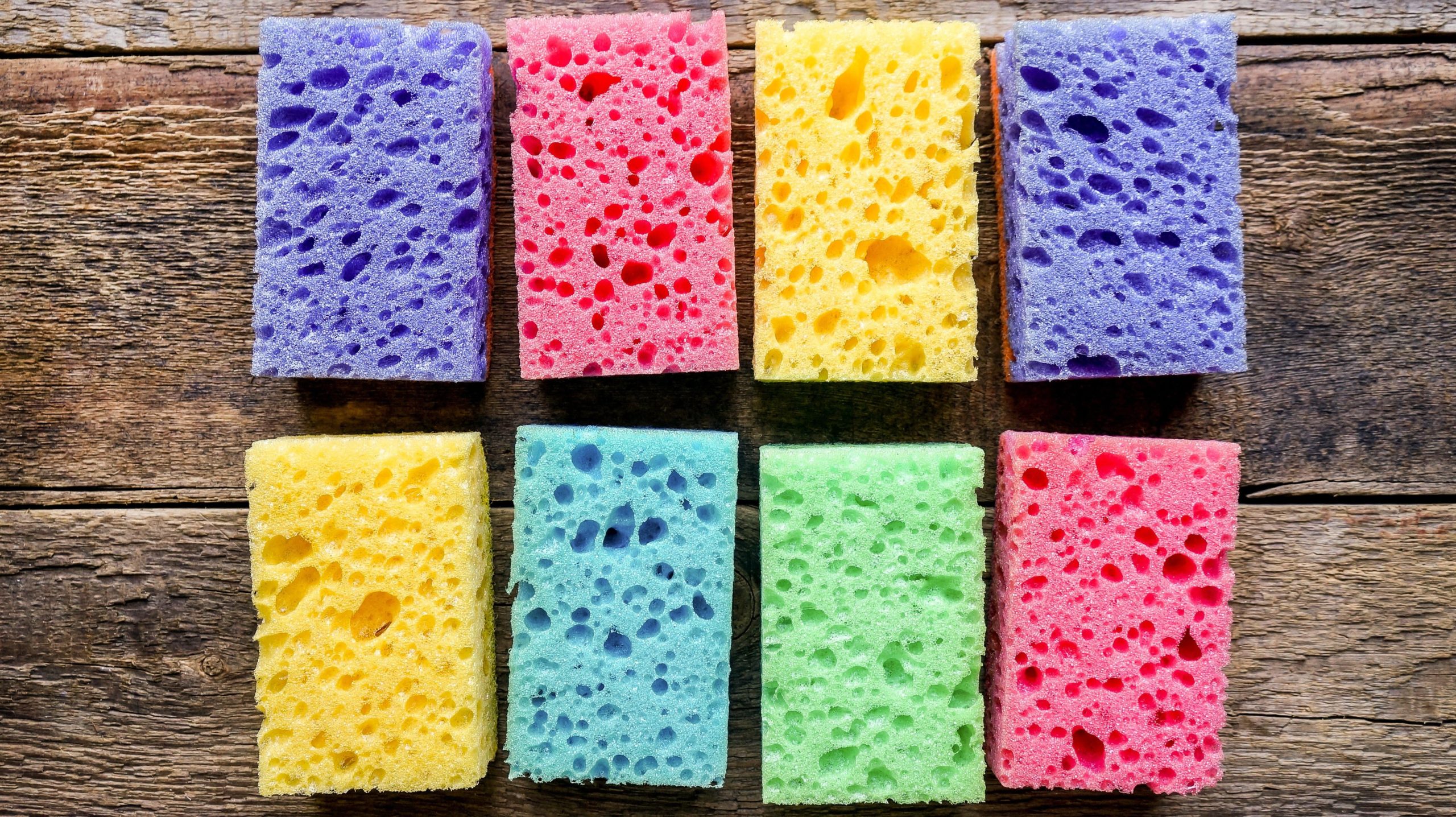
I was about to clean with a yellow sponge I’d just opened a couple of years ago when my then-8-year-old son noticed the obvious and called it SpongeBob. He excitedly asked if he could have it, grabbed his markers, and turned it into a SpongeBob replica. Then, he noticed there were other sponges in the pack and asked for those too. Which was great because I didn’t actually want to clean my bathroom.
Since then, sponge art has become a fixture in our home. He and my daughter have cut sponges to make cool letters and shapes for signs. They fired up the hot glue gun to make 3-D abstract shapes. They’ve used them to paint and make textured designs on paper. They’ve … uh … gotten them wet and thrown them at each other’s faces. Maybe that isn’t the greatest outcome, but experimenting with texture, weight, and size differences when sponges are wet or dry are fun sensory exercises.
Squeezing a sponge can even replicate the calming sensation that squeezing a stress ball has for some people. And the best part is you can usually find a 6-pack or so of sponges that come in bright, fun colours for less than $6.
A flashlight
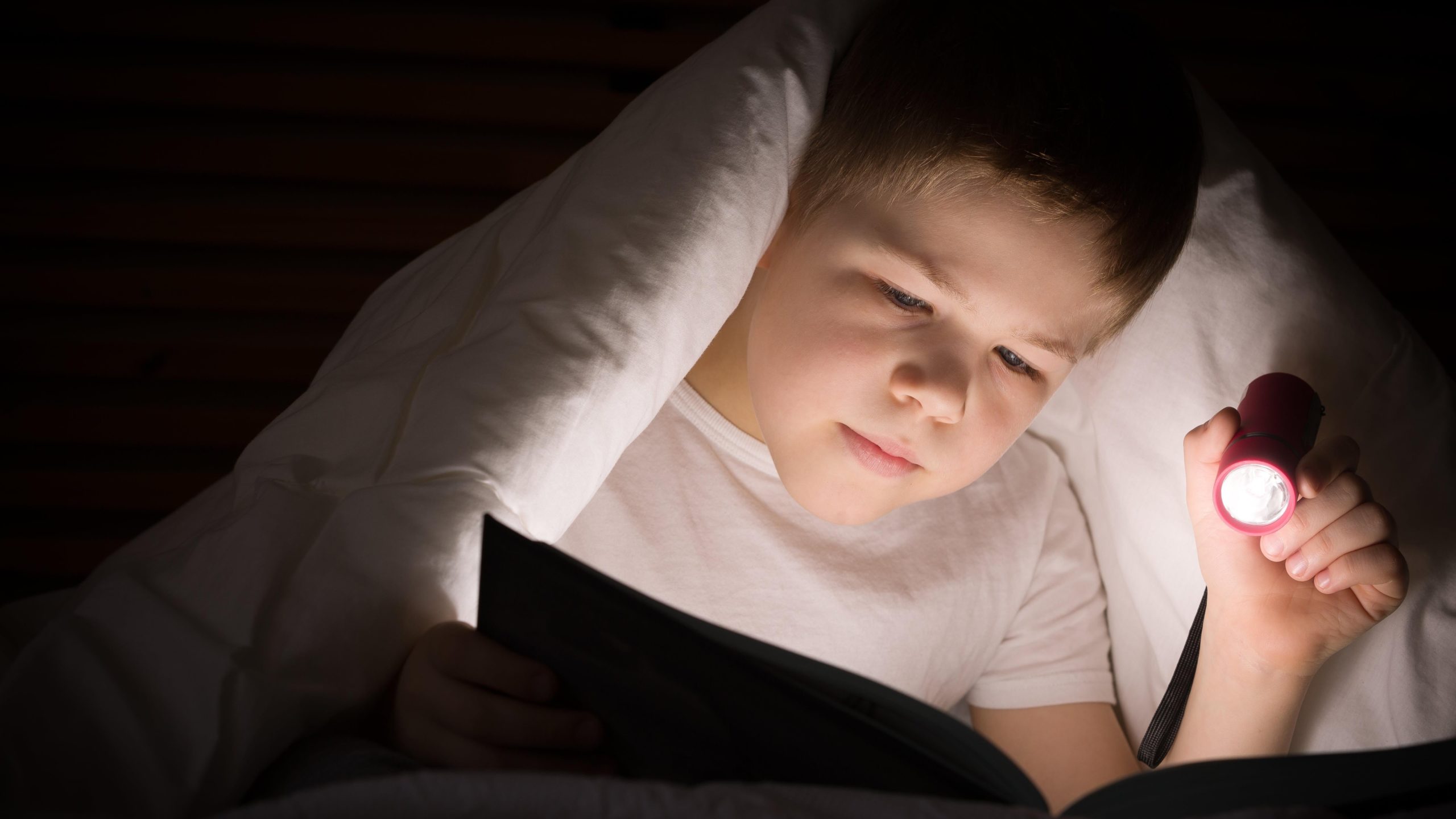
The next time you’re in line at the grocery store and you see those cheap $3 flashlights in the checkout line? Grab a few!
Yes, your kid will shine it in your face. That is the natural inclination and birthright of every child who receives their first flashlight as a member of the planet. But once you get that smartassery out of the way, they’re first and foremost a great tool. Kids can use them to read or see things they’re working on during road trips or while camping. They can make shadow puppets.
But there are also sensory components, as well. Usually, those cheap little flashlights have a rubbery, patterned texture on their outer cover. The tops twist on and off to put batteries in. There’s usually a spring inside. There’s a button to click on and off (though hopefully not repeatedly in your mirror while you’re driving). They give kids a chance to explore how a very simple machine works and also are a functional tool that is helpful to have on hand.
A gel face mask
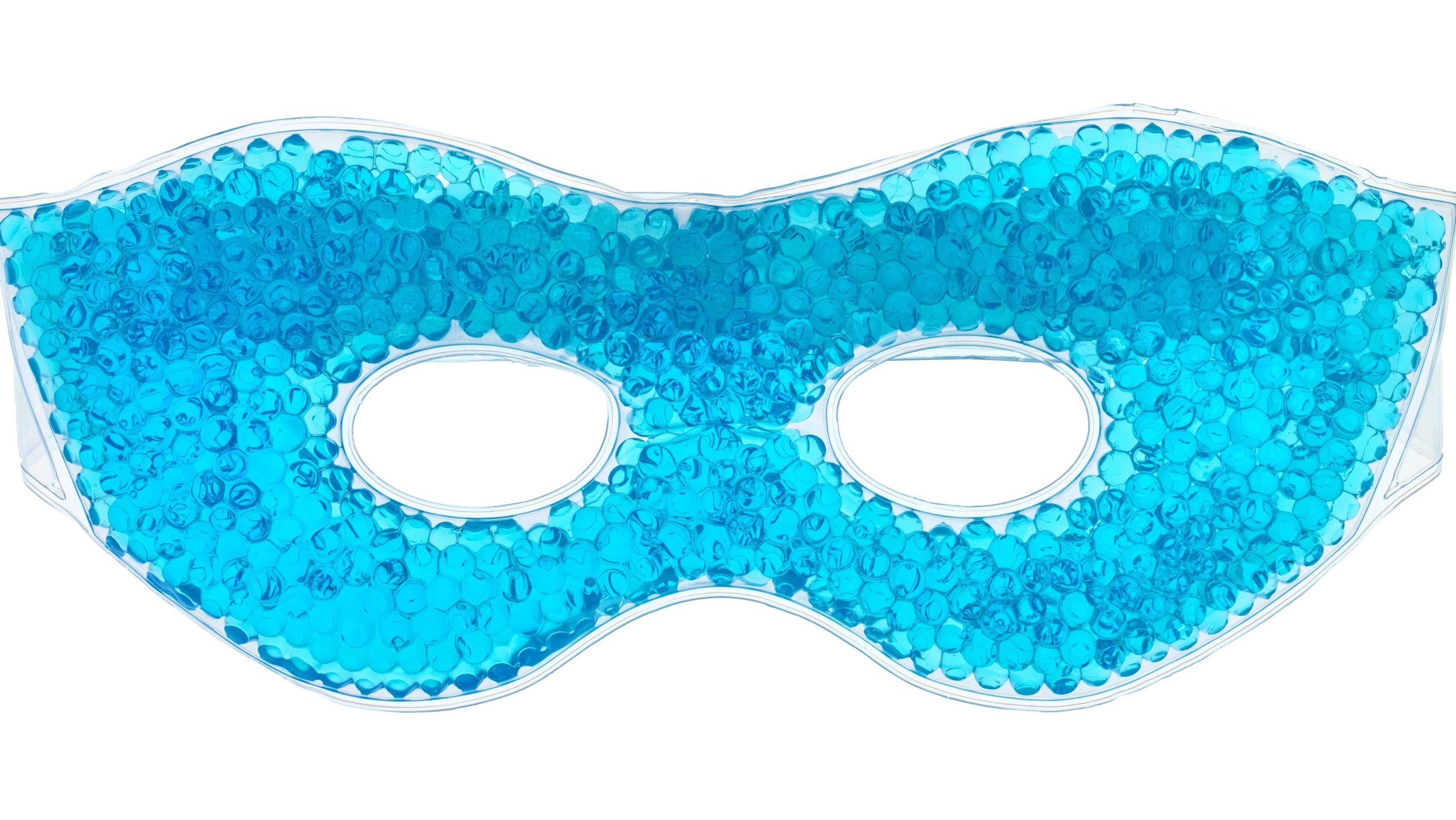
You know those gel face masks you sometimes receive as a gift from people who have no idea what to get you but you definitely appreciate the insinuation that you’re sporting bags under your eyes? Congratulations, that’s now a kid’s toy!
First and foremost, most kids love masks or other dress-up garb, and gel masks can be a fun addition to that collection. At room temperature, the masks feel warm and gooey. If it is one with beads inside instead of just liquid, that texture has added dimension. And chilled or frozen, that texture changes again and the coolness of the mask is also soothing. An all-around win.
Magnets and magnet clips
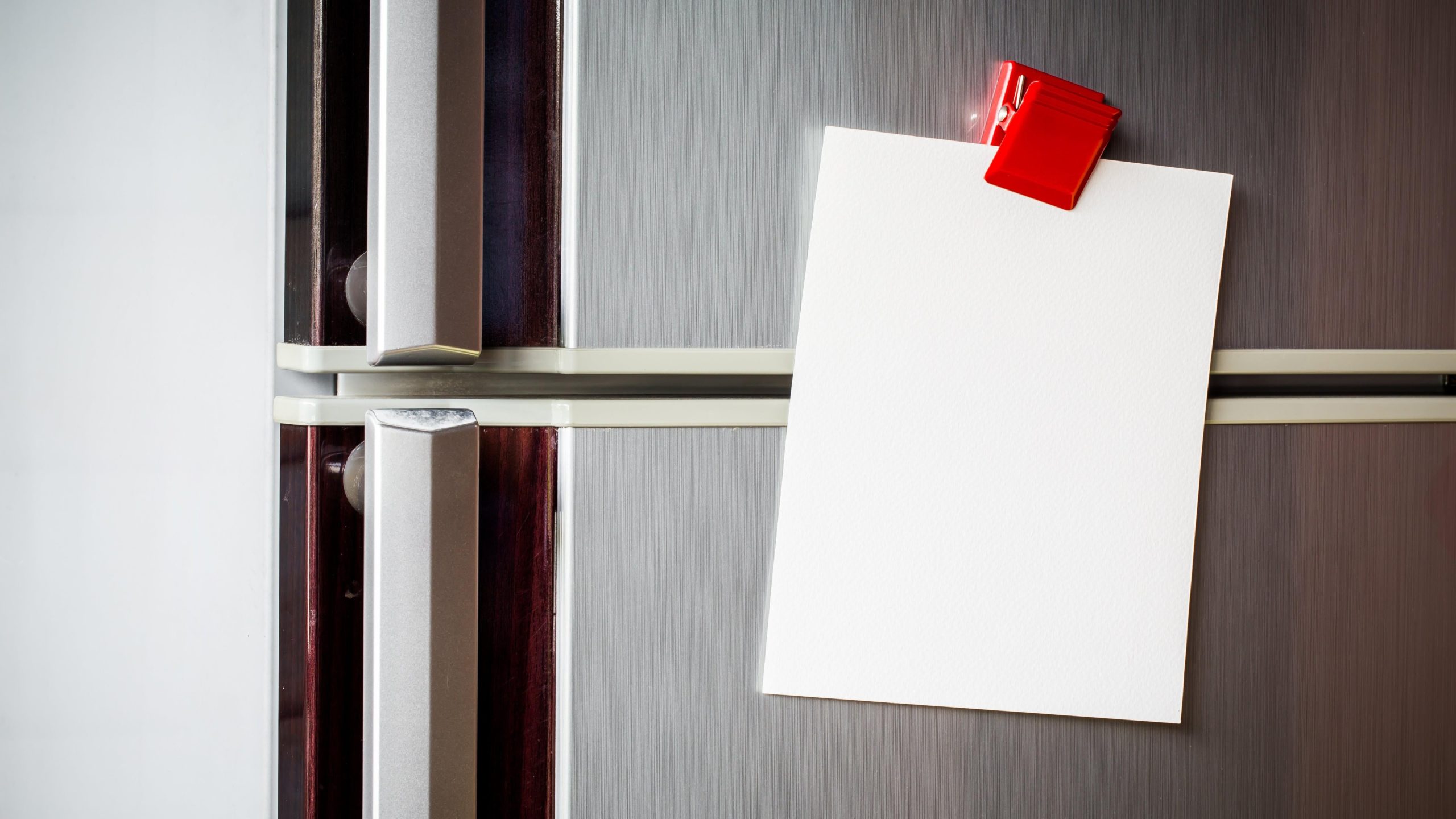
My 2-year-old twin nieces came to visit recently, and I made sure to pull out every toddler toy I still had on hand to keep them entertained while we babysat. They ran right past them and went straight for the magnet clips on the refrigerator.
Both girls quickly figured out how to clip multiple clips to their fingers and made lion noises with their “claws.” They also quickly figured out that clipping those same clips to your nose doesn’t feel as great as when they’re on your finger.
Kids can also use magnets to experiment with different surfaces that they will or will not stick to, try to pull around other light metal materials like paper clips, and learn other magical elements of science by playing with a few magnets in their bags. (Just be careful to avoid any potential choking hazards, of course.)
Things that stretch
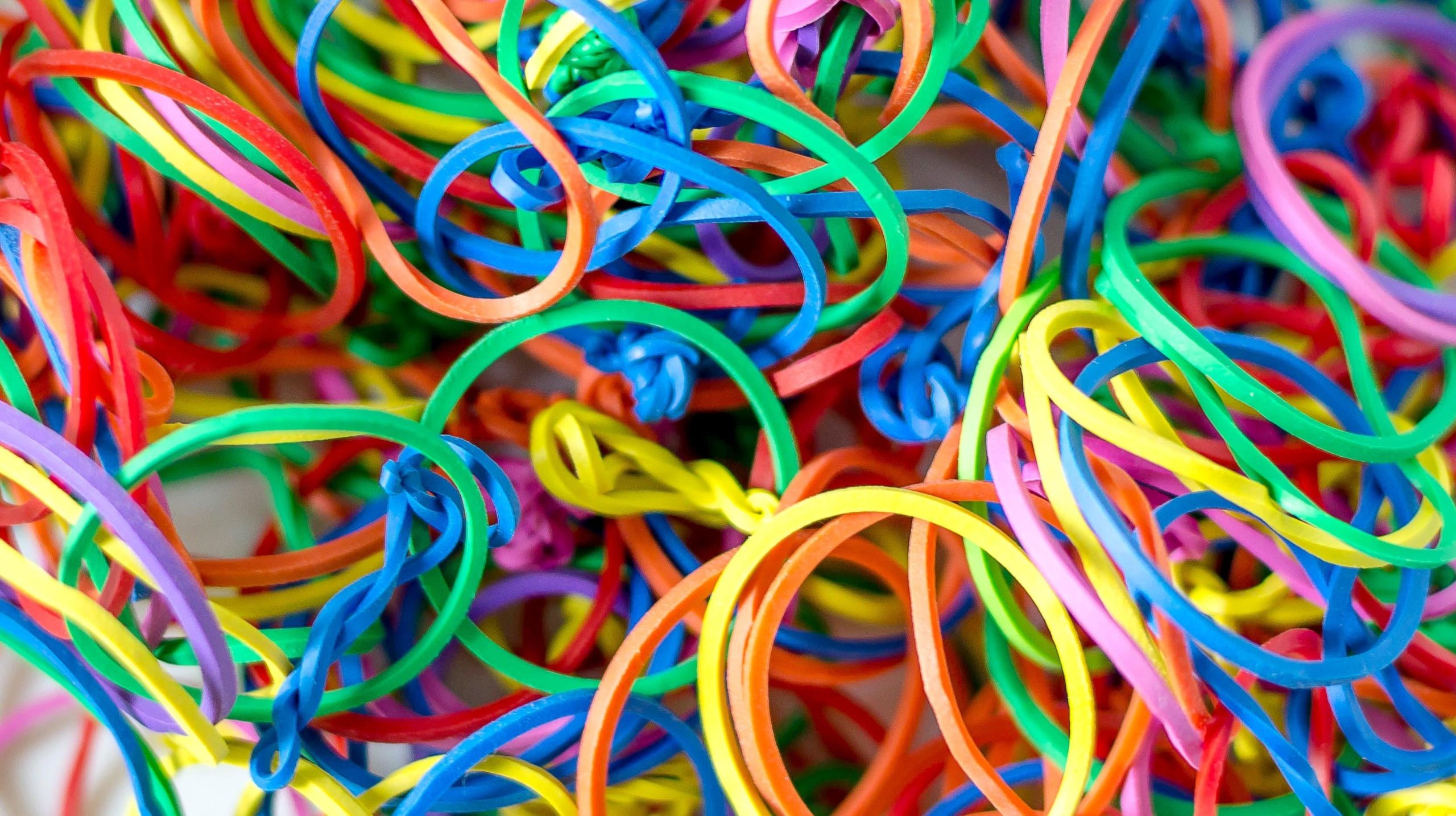
My daughter got a bracelet loom for Christmas last year. She doesn’t have the patience to actually use it as intended, but she loves playing with the stretchy, multi-coloured elastic bands it came with. She wears them as bracelets or hair ties, she’s glued them to art projects, and she tried hooking multiple bands together, tying them to her garbage can handle, and then lowering the can down the stairs with a note asking me to put a snack in it that she can raise back up to her room.
She didn’t account for the stretchiness not working well with the added weight of the snack, so it needs more iteration, but things like elastic, rubber bands, and other materials that can expand and shrink back to its original shape are great items for kids to feel, pull on, and play with.
Magazines
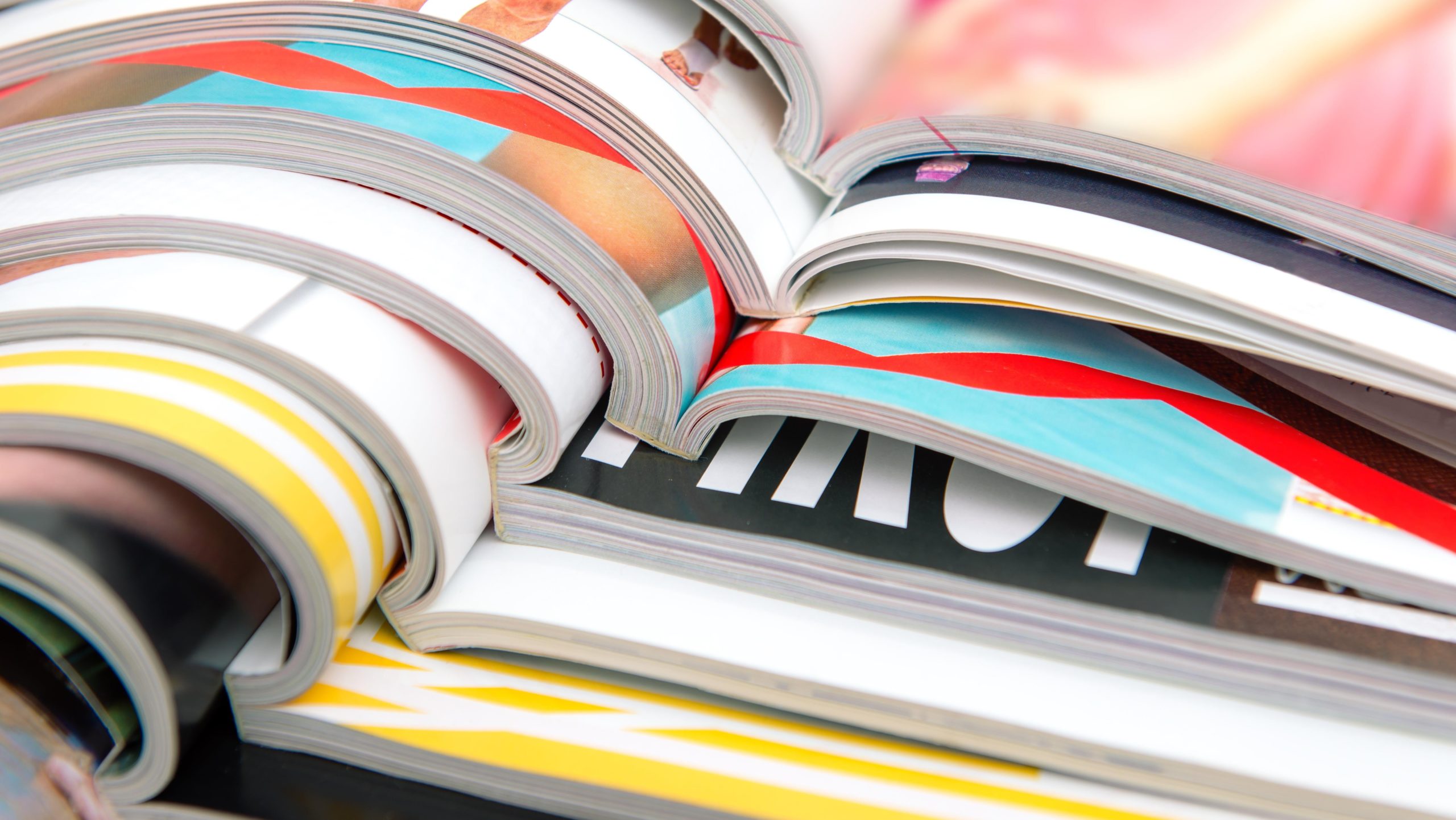
It would be great if handing kids magazines would inspire a lifelong love of reading. That may not happen. But if you have a few magazines laying around — especially a few with different types of paper — they can be great items for kids to thumb through. Sometimes magazines have thicker covers. Some have glossy rather than matte finishes. They all typically have a lot of bright images and graphics. Some even have interesting smells because of cologne or perfume samples within.
My son loves basketball, and has copies of both Sports Illustrated and SLAM. He likes to cut out pictures of his favourite players and make collages. He’s already noticed that SLAM’s heavier, glossier covers make more attractive and longer-lasting posters than SI’s thinner pages.
Food, rocks, seashells, and more
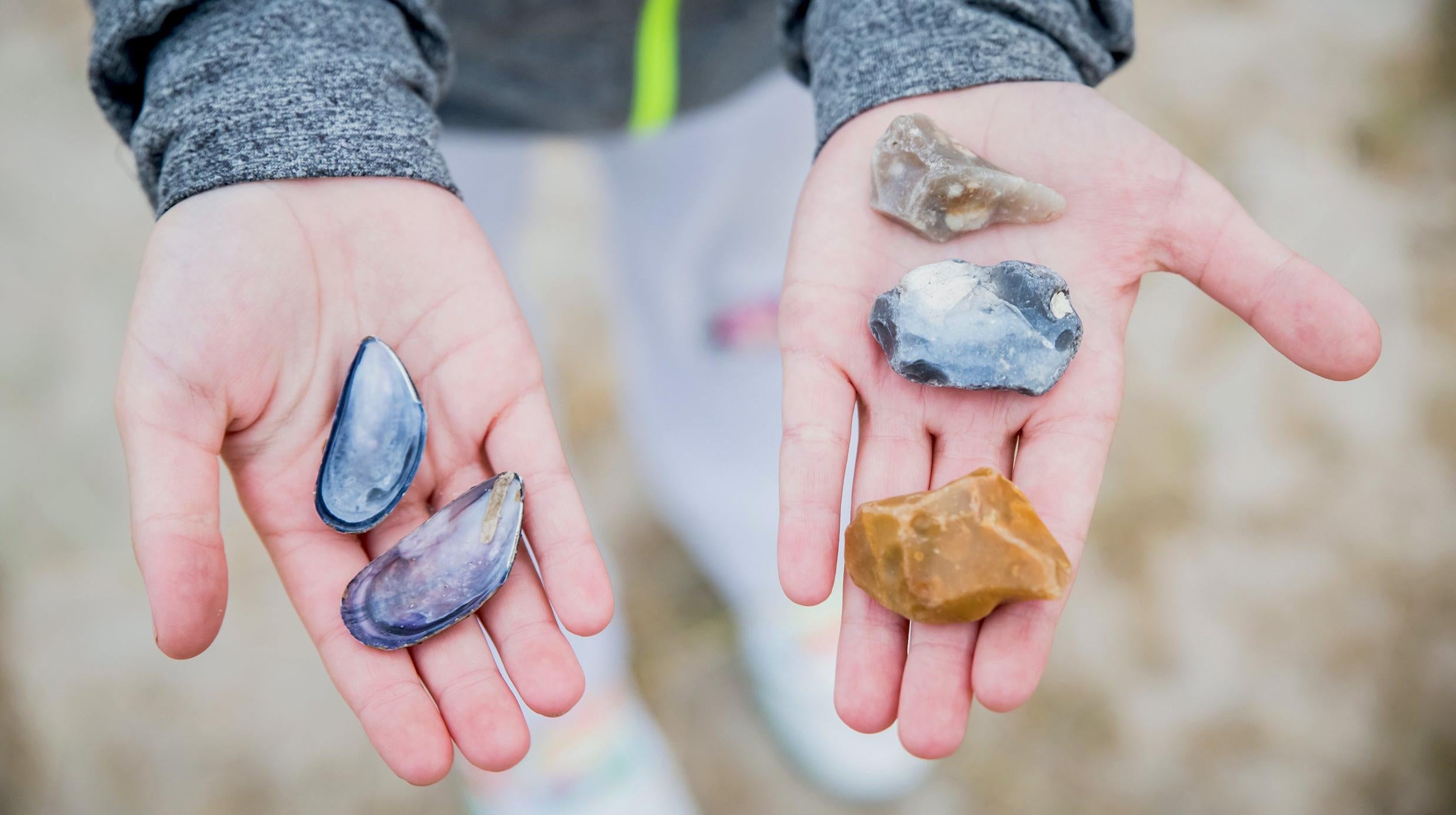
One of my most traumatic childhood memories was a Halloween party in elementary school. We went to a haunted house in the library, were blindfolded, and told to reach into a bucket to feel brains and eyeballs. (It was actually cooked and chilled spaghetti noodles and grapes.)
The result may have been a little too terrifying for second graders, but the sentiment that food can make a great sensory toy is true. Noodles and rice, both cooked and uncooked, have unique textures. There are plenty of great examples of ways people use foods as sensory toys, depending on how messy you’re willing to let them get.
Natural items like rocks and seashells also make great additions to sensory bags because of their varying weights, textures, and colours. Essential oils that kids can smell without spilling can also provide calming elements.
The point is, almost any item laying around the house has uses way beyond just the practical ones. One of the most inspiring things I’ve experienced as a parent is saying, “Hey, here’s a pile of crap, find something interesting to do with it,” and then inevitably watching them use things in ways your imagination would’ve never dreamed up.
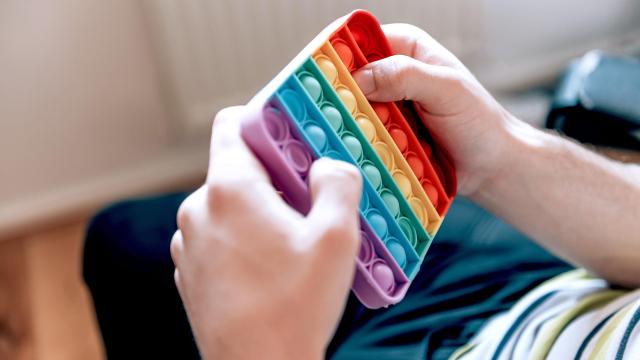
Leave a Reply
You must be logged in to post a comment.